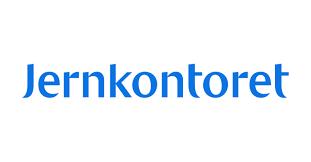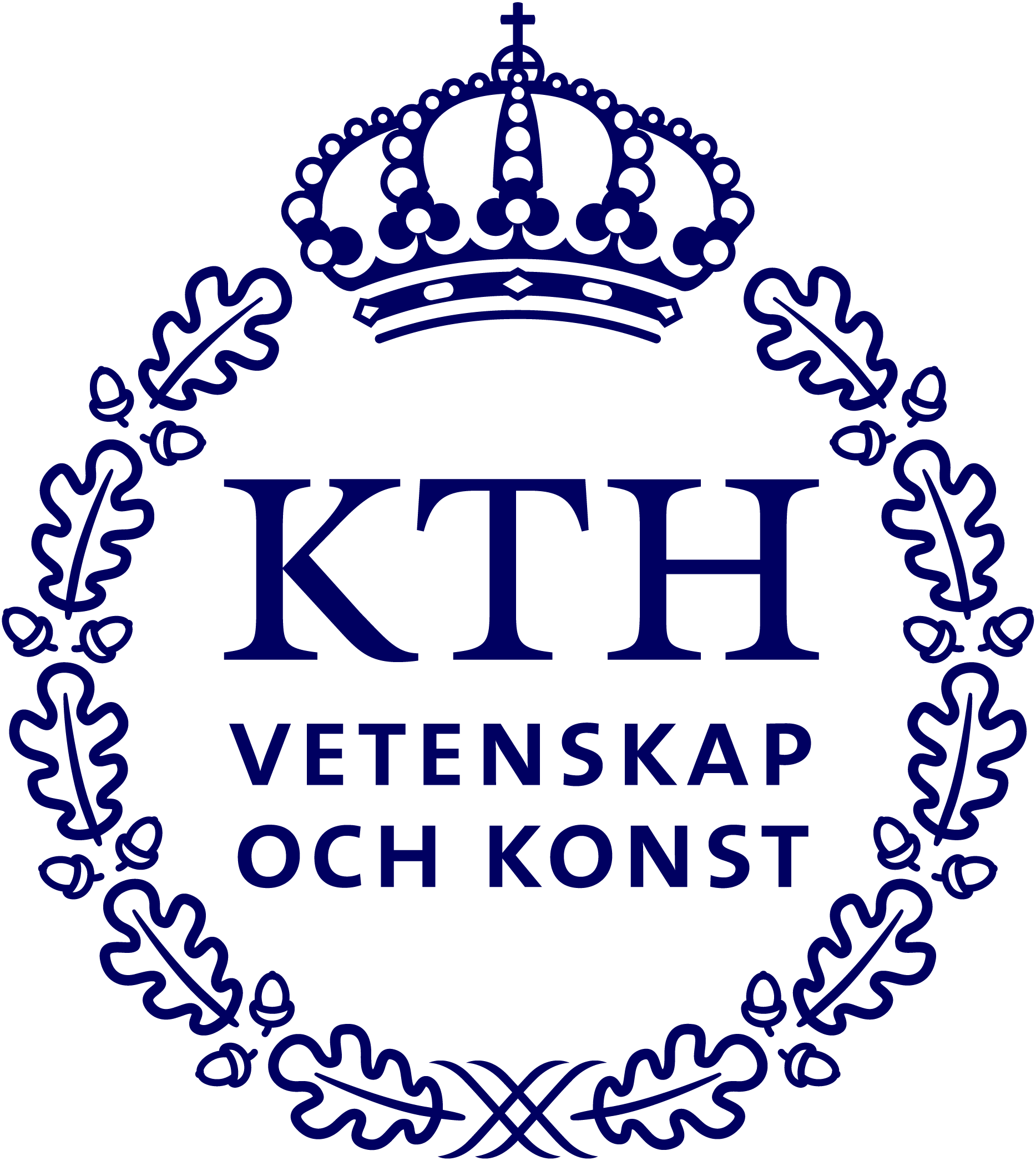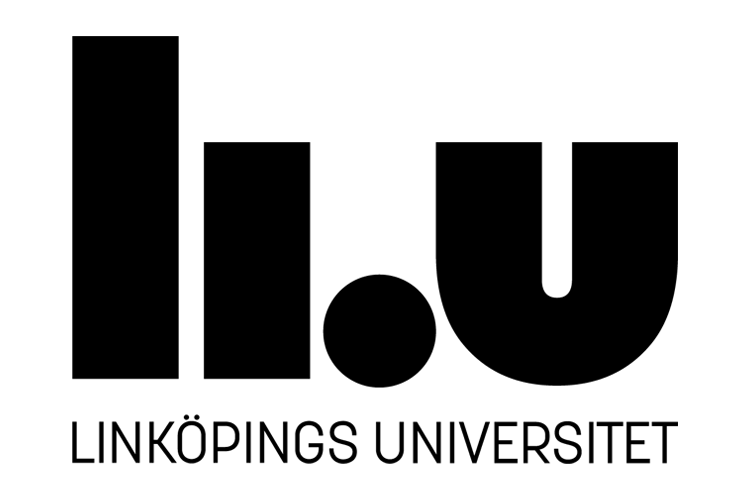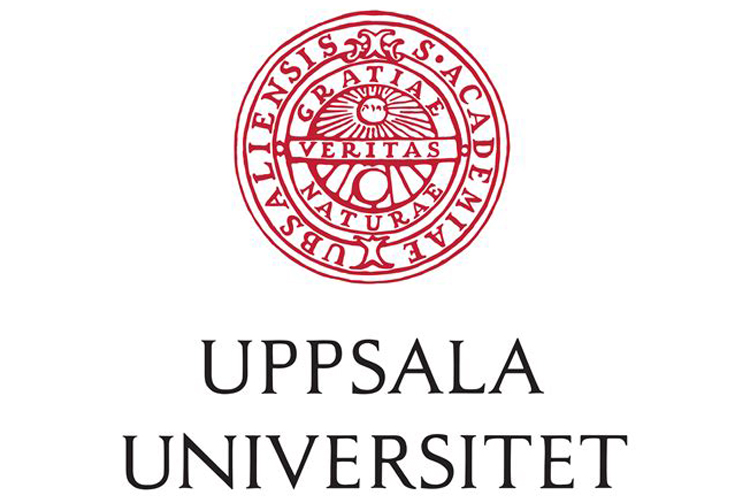Combining X-ray imaging and diffraction for materials and biomedical characterisations
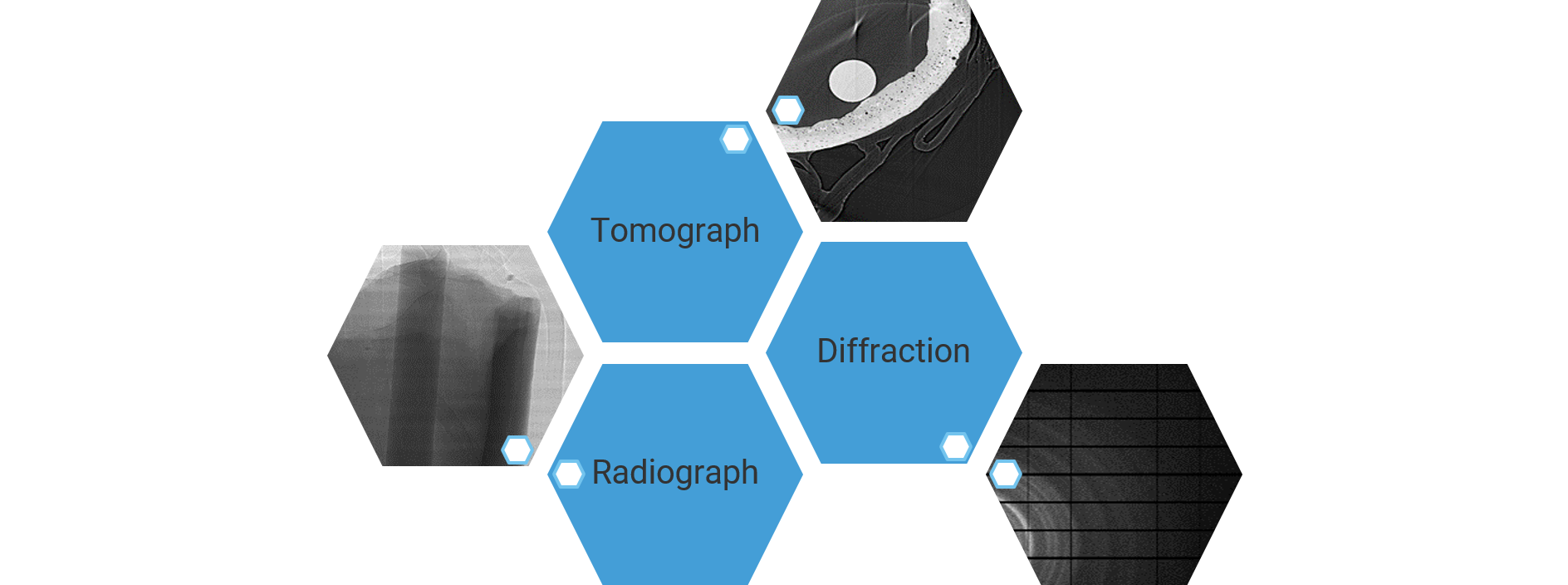
On 2 February, 50 participants from 26 different organisations joined this international seminar that was held at KTH Innovation. Innovation was what we aimed to inspire by providing leading examples of research outcomes that were achieved by doing something a little bit different from 'the usual' synchrotron measurements.
We received positive feedback about this.
Need
The high energy and temporal frequency of synchrotron instruments mean that researchers can capture a vast amount of novel information about temporal processes. Information that can be used as a basis of understanding existing processes e.g. for designing digital twins as well as life sciences or how metal support braces integrate into human bone as the body heals.
The challenge however is that using synchrotrons is complex - even for leading academics who are familiar with using them. This poses a practical limitation: to reduce research time and perceived risks, many researchers tend to limit their research use of LSFs to just the one instrument setup.
Accordingly, there is scope to enhance research outcomes by inspiring researchers to see the opportunities, as well as gain an awareness of the efforts involved, when using an instrument setup that is new to them - especially when the new instrument can provide information that is complementary to the technique they are familar with.
Workshop design
This workshop firstly give an overview of X-ray imaging and diffraction instrumentation. Researchers from the UK, Germany and Sweden then presented examples of novel research. Finally, there were one-to-one sessions with beamline scientists about beam time proposals.
Thank you to the speakers, who were Antony Vamvakeros (Finden Ltd), Cyril Besnard (University of Oxford), Elis Newham (Queen Mary University of London), Emanuel Larsson (MAX IV), Florian Wieland (Helmholtz-Zentrum hereon), Johan Hektor (Malmö University) and Sharif Ahmed (Diamond Light Source),
Feedback
- Thank you for inviting me to speak and looking after us so well. I learned a lot”
An international speaker - “This was new information to me. Very interesting”
An industry researcher - “I noticed your invitation late and invited a colleague. Very interesting programme. Great chance to try something new.”
A university researcher
Organisation
This international workshop is jointly organised by the Center for X-rays in Swedish Material Science (CeXS) and the MetaLSF project. The MetaLSF Project provides continuing professional education on the use of neutrons and x-rays in metallic metals research, which is funded by the EIT RawMaterials - a body of the European Union. We are also grateful to the Swedish iron and steel producers' association for supporting this event.
